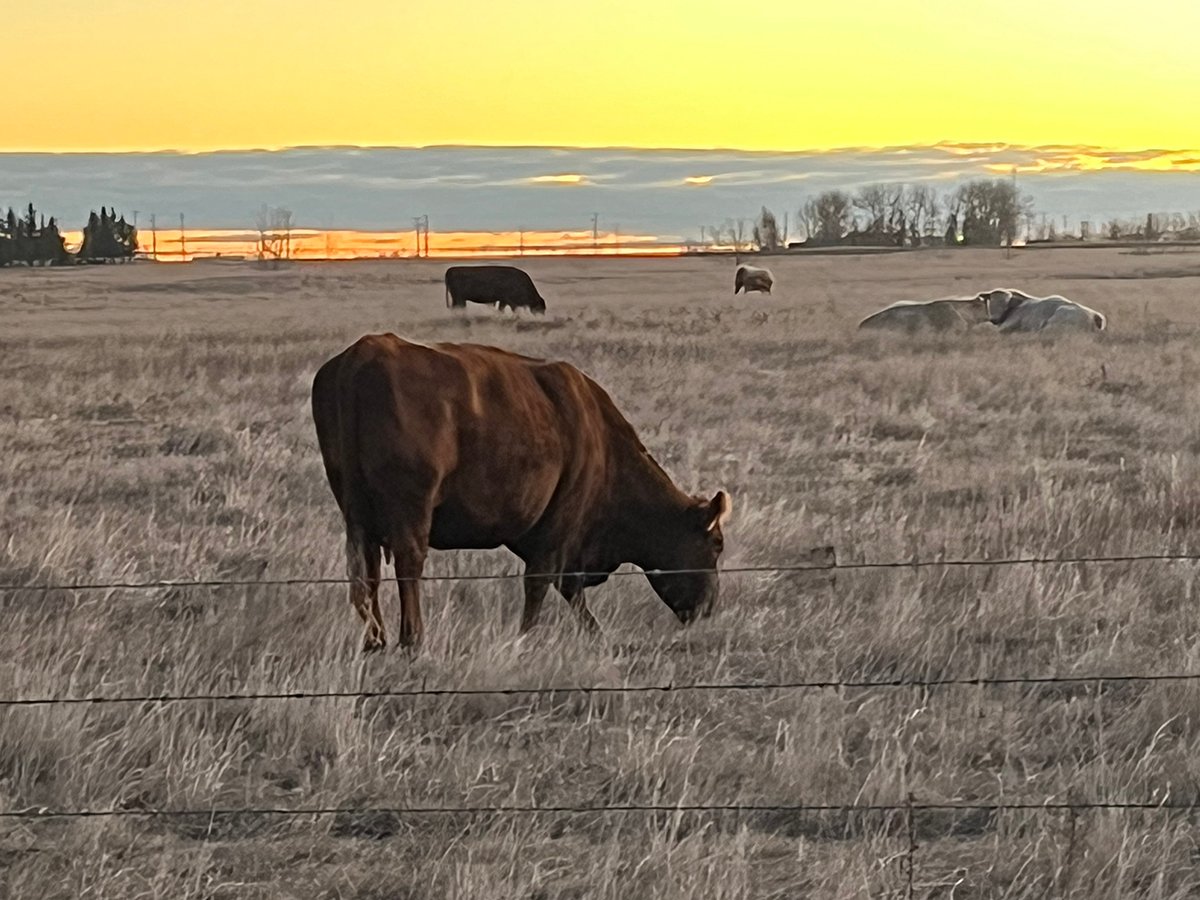The primary goal of a cow-calf reproductive program is to make sure a high percentage of cows become pregnant every year and raise their calves through to weaning.
Dr. Bob Larson of Kansas State University recently outlined at an Academy of Veterinary Consultants meeting the significant biological constraints that make achieving this goal more difficult, especially if we want each cow to have a calving interval of 365 days.
Many producers do not limit their breeding season or calving season, but economic studies have shown that this is a simple management tool with significant economic impact.
Read Also

Animal protection delivery to change in Saskatchewan
The Saskatchewan government is looking for a new agency to handle animal welfare after Animal Protection Services of Saskatchewan decided not to renew its contract next year.
Ideally, we would like close to 95 percent of the cows in a herd to calve within 63 days of the start of calving season.
More importantly, we would like the calving season to be “front end loaded,” with 65 percent of calves born in the first 21 days of the season.
A restricted breeding and calving season creates a calf crop that is more evenly weighted at weaning time, which may improve their marketing potential.
Calves born earlier in the calving season are heavier at weaning.
Calf weaning weights are reduced 25 to 50 pounds for every 21 days later in the calving season that the calf is born.
However, there is little margin for error if we want to achieve these goals. It is really simple arithmetic.
It takes approximately 283 days for a cow to calve after it is bred. That leaves only 82 days after calving for the cow to become pregnant if we want it to calve at the same time next year.
Mature cows that are in good body condition will not begin cycling again until at least 50 to 60 days after calving.
The news gets worse if the cows are not in ideal body condition.
A classic reproduction study by Dr. J. Wiltbank showed that only 70 percent of thin cows had begun cycling again, even at 100 days after calving,
If you have a cow in poor body condition that calves late, it is unlikely that it will calve on time the following year. We just have to do the math.
The math for reproduction is also straightforward.
There is a 60 to 70 percent probability that a live calf will be born from a single mating of a fertile bull and fertile cow, which is a high probability compared to other species.
Most of this reproductive loss occurs because of loss of the embryo, and the cow will usually come back in heat 21 days later.
Larson demonstrated that to get a 95 percent pregnancy rate, we need our cows to calve at least 50 days be-fore the start of the breeding season, or in the first 30 days of the calving season.
These cows would then have time to start cycling and have three opportunities to become pregnant in a 60 day breeding season.
If we use the 65 percent conception rate, then 95 percent of the cow herd would become pregnant under this scenario.
However, a cow that calves later in the calving season would have only a maximum of two opportunities to get pregnant during the 60 day breeding season.
These cows would have only an 88 percent chance of pregnancy given a conception rate of 65 percent .
Larson stressed that to maintain this calving pattern, the interval between calving and cycling must not be extended .
As well, it is absolutely essential to maintain good body condition in our cows to give them a chance to start cycling at the start of the breeding season.
The momentum that we get from those cows calving early in the calving period must be maintained by optimal nutritional management.
The reproductive math for heifers leaves even less margin for error.
The interval between calving and beginning to cycle for heifers is much longer and is extended to 80 to 100 days.
Again this would be made even worse if the heifers were in poor body condition.
This extended post-partum interval in heifers is unavoidable. It also makes it essential that heifers’ breeding season start at least 42 days ahead of the cow breeding season so that they can start cycling again by the beginning of the next normal breeding season.
Larson stressed that we can’t allow heifers to become thin in late gestation.
In fact, there are almost no viable options to ensure good reproductive performance if heifers calve in thin body condition because it is difficult to improve body condition in lactating heifers.
Many of my veterinary students don’t enjoy mathematics, but in this case simple arithmetic can show us that we have little room for error given the constraints that the biology of the cow has imposed on us.
There will be a definite negative impact on our pocketbook if the reproductive program gets behind.
Just do the math.














